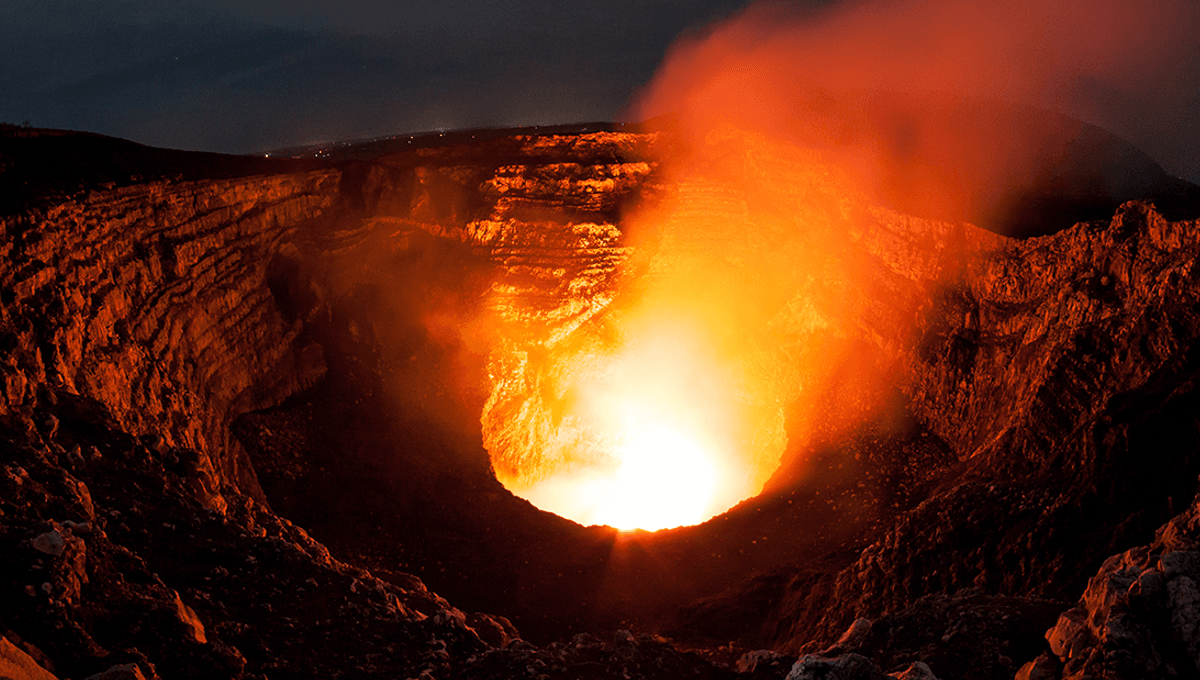
We’re not quite sure why, but there seems to be a resurgence in people attempting to play amateur volcanologist and asking, “Why can’t we just pour concrete into a volcano to stop it from erupting?”
The suggestion has popped up on Twitter, Facebook, and Reddit in recent months as a way of preventing deaths.
First off, if you’re going to suggest a madcap, moonshot way of stopping volcanoes, you could have chosen a worse material. Concrete has a melting point of about 1,500°C (2,700°F), while lava reaches a piddly 871°C (1,600°F). Pour enough concrete into a vent and you would theoretically be able to block it.
But that doesn’t mean it’s a good idea. In fact, it’s probably a terrible idea, given how volcanoes work.
Eruptions happen when there is a buildup in pressure beneath the Earth’s surface. When the magma is thin and runny, gases can escape from it easily, and it will generally flow from the volcano gently. While magma coming towards you isn’t ideal, it is at least slow and unlikely to kill you.
What are more dangerous are explosive volcanic eruptions.
“If magma is thick and sticky, gases cannot escape easily,” the United States Geological Survey (USGS) explains on their website, giving the example of Mount St Helens. “Pressure builds up until the gases escape violently and explode.”
“Explosive volcanic eruptions can be dangerous and deadly. They can blast out clouds of hot tephra from the side or top of a volcano,” the USGS adds. “These fiery clouds race down mountainsides destroying almost everything in their path.”
In short, it’s not something you’d want to encourage, but by adding concrete you probably would.
If you block a vent, say by pouring an expensive and ultimately unwise amount of concrete into it, you are depriving the volcano of a way of naturally venting gas and relieving that pressure, potentially turning a nice slow-flowing volcano into an explosive one, or making an already potentially explosive volcano burst with even more pressure when it does so.
Volcanoes like Mount St Helens explode with huge amounts of pressure, making the added concrete a danger to health as it is easily scattered around. “The dust from concrete,” YouTube channel What If notes, “would lead to fatal lung diseases and cancer.”
A better use of concrete, employed during one eruption of Etna, is to divert the lava away from populated areas using concrete blocks. While the USGS aren’t sure the blocks would have worked with a bigger explosion, you can be safe in the knowledge that at least you haven’t made the situation significantly worse.
An earlier version of this article was published in February 2023.
Source Link: Yes, You Can Technically Plug A Volcano With Concrete. But You Really, Really Shouldn't.